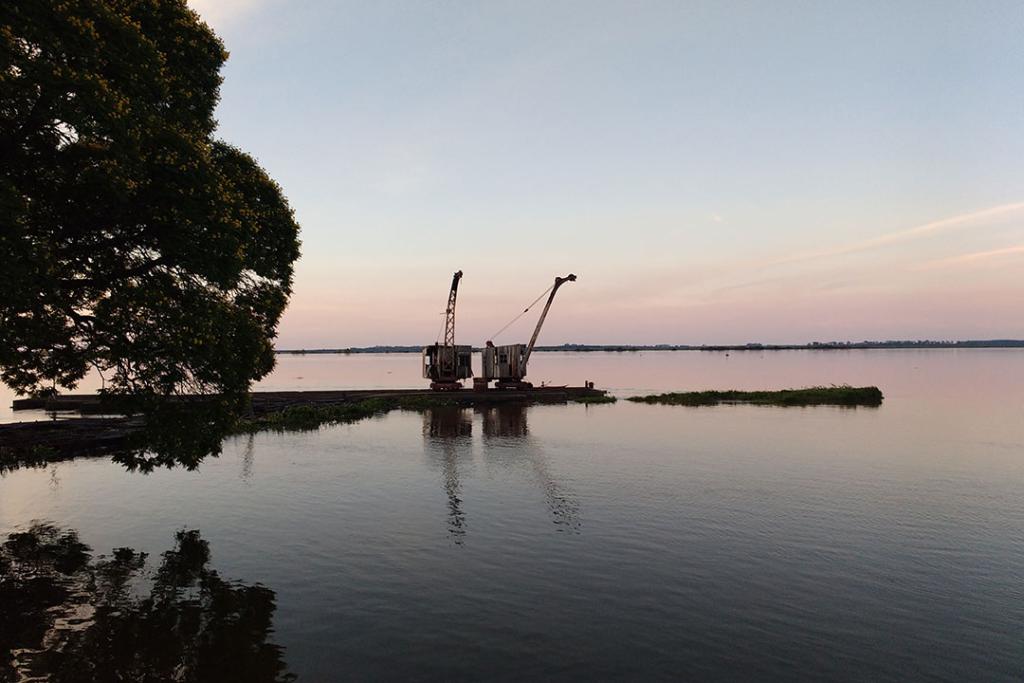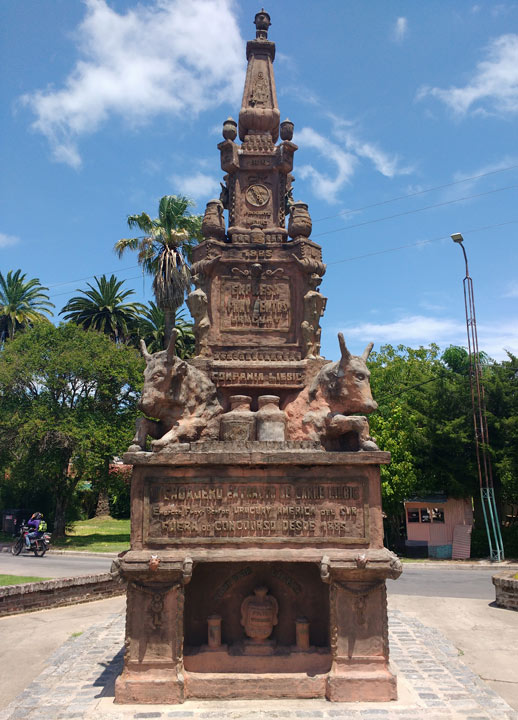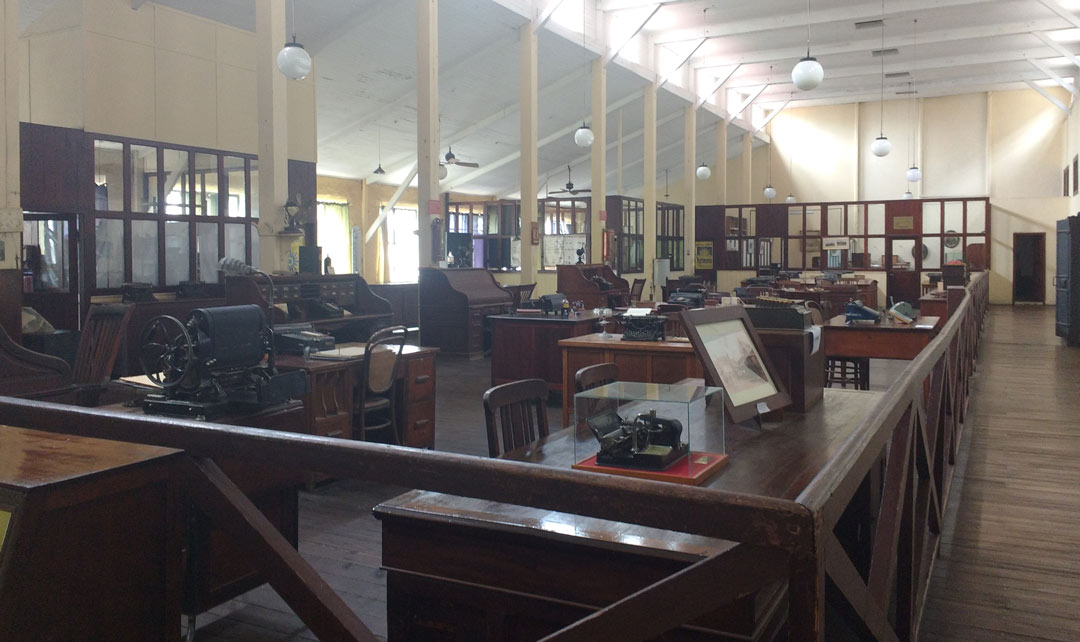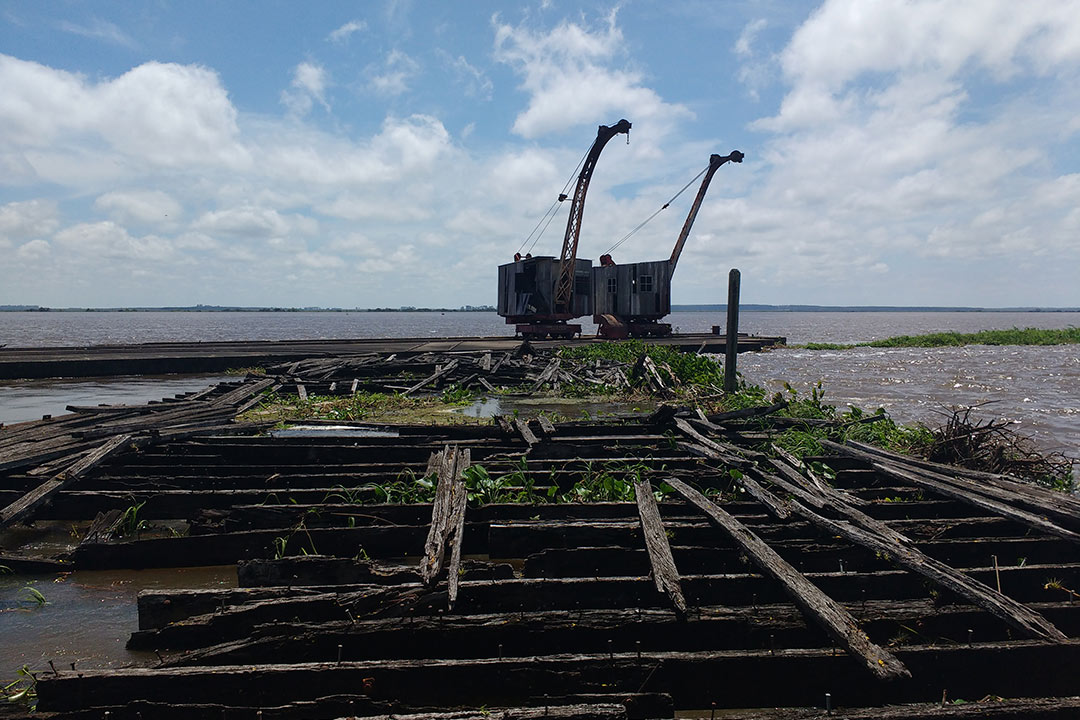Fray Bentos, Uruguay: the Port Sunlight of pies

I have been reminiscing about my travels in South America a couple of years ago, partly prompted by the recent BBC1 programme Race Across the World (I think we can agree it was all about the journey and they were all winners). My work at the Archives Centre at the Maritime Museum has given me an unerring, some may say irritating, ability to find a maritime Liverpool connection in most places and in Uruguay this led us to the town of Fray Bentos located upstream on the Uruguay River that forms the border with Argentina.
Like Liverpool the town has a UNESCO listing, and in common with Liverpool it is for commercial and industrial heritage rather than beauty or culture (although of course both have plenty of those as well). For the older readers the name Fray Bentos needs little explanation, apart from possibly the fact that it is actually a place and not just a brand of tinned meat. For those unfamiliar with the brand, its best known current product is a pie in a tin. Ideal for lockdown stockpiling! Although this culinary delight was only ever produced for the British market and never actually in the factory at Fray Bentos.

A monument to the Liebic Company and the cow, Barrio Anglo, Fray Bentos, Uruguay
The fact that the name of a small town in Uruguay came to appear on supermarket shelves in the UK demonstrates the global nature of food production and supply. Recently in the news because of environmental concerns and even more recently because of the disruption in world trade due to population lockdowns, food production has long been a global industry that links ports around the world.
The Liebig Extract of Meat Company founded a factory on the Uruguay River just west of Fray Bentos in 1859. British owned, the company used the name Fray Bentos as a brand from the 1870s. The factory grew into an industrial complex that processed cattle (and anything else available) from the surrounding countryside. The most famous products were beef extract, OXO cubes and corned beef, but as the saying goes ‘everything but the moo’ was used and the complex produced fertiliser, glue, even dice from animal bones. Renamed the Anglo Meat Packing Plant or Frigorifico Anglo and now owned by the Liverpool founded Vestey Group, in 1924 the company began to export frozen meat using their own ships. The Vestey’s Blue Star Line vessels were well known in Liverpool and South America.

Office, Frigorifico Anglo, Fray Bentos, Uruguay
Needing a large workforce and attracting immigrant workers from 55 different countries, the complex grew into a small town, known locally as Barrio Anglo. As in Port Sunlight on the Wirral, around the company grew a society including houses, schools, football teams and places of worship. Many of the houses and institutions still exist today. You can visit the complex and have a tour of some of the derelict buildings, and I do love a bit of decaying industrial heritage. There is a good exhibition on the history of the site including lots of examples of packaging and tins. The administration office still has the original desks and marks on the floor from years of scraping back of chairs after a hard day’s work. There is, joy of joys, an archive collection and yes I did talk my way in and a very patient staff member with much better English than my Spanish showed me some fantastic photographs and documents.
If we hadn’t had the luxury of so much time in Uruguay I don’t think we would have gone to Fray Bentos, it involved some long coach journeys. However, whenever I meet people who say they are thinking of visiting the UK, I always try and persuade them not just to visit London (obviously Liverpool is my first alternative suggestion), so when I travel I have to follow my own advice and I am glad we took the time to visit Fray Bentos and admire its river and history.
There is more information available on the UNESCO website and the Uruguay tourism web page.

